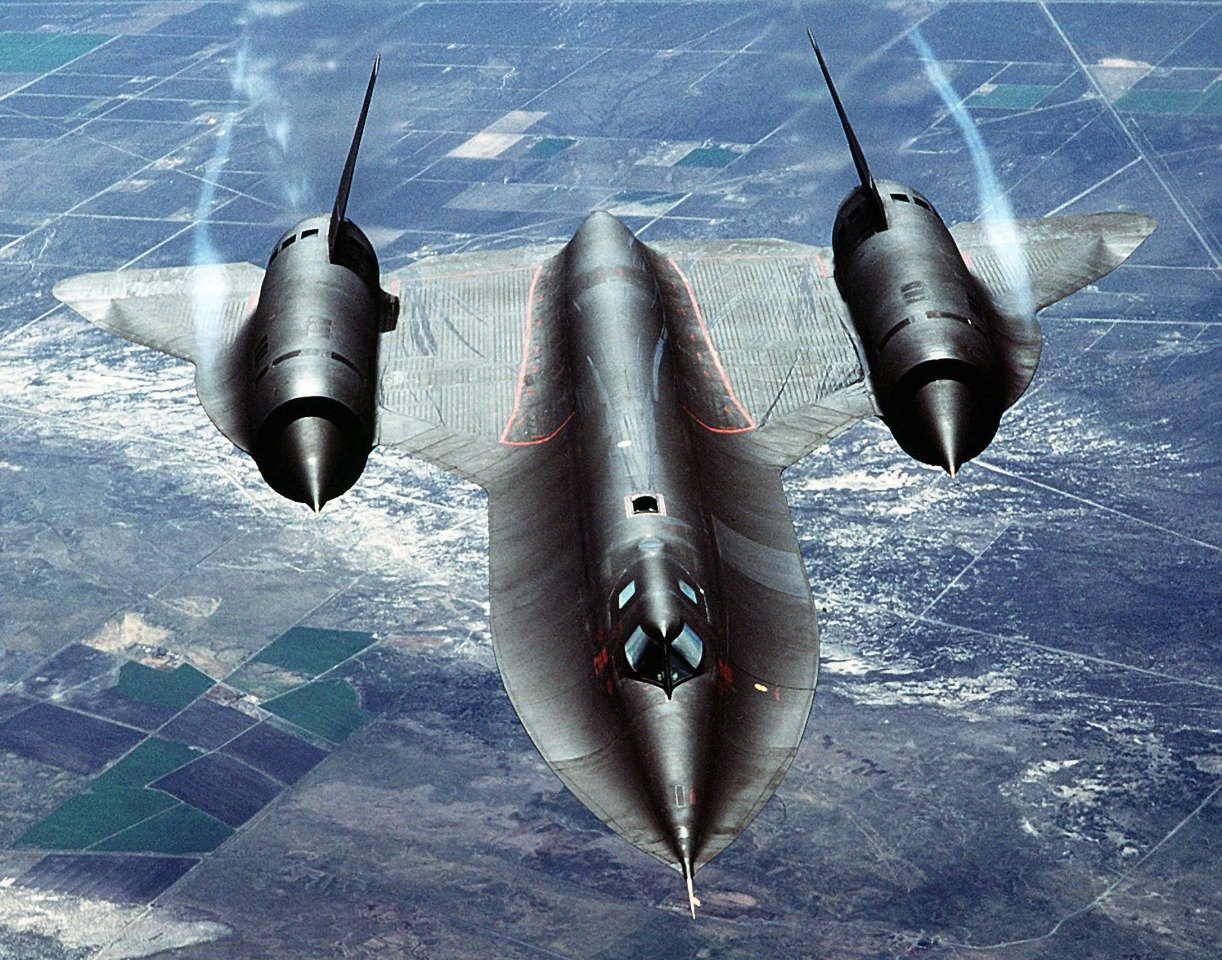
Posted on 03/31/2021 11:21:03 AM PDT by Red Badger

A Swedish pilot named Per-Olof Eldh, using a Viggen fighter jet, lined up with the Blackbird’s flight path and even gained full missile lock.
___________________________________________________________
The SR-71 Blackbird is a legendary plane, which had a long life that began in the 1960s and ended in the 1990s. The plane, considered the fastest ever to fly, was famously never shot down, although it did once have a close call with a meteor while flying over North Korea in the early 1980s.
A recent report looked at another close call the SR-71 had, with an unlikely source: the Swedish Air Force, from a nation that was not an enemy of the United States and was not among the countries on which the plane typically performed reconnaissance missions.
According to a report last August by hotcars.com, the Swedes’ Saab Viggen fighter once became the closest to ever shooting down the famed Blackbird, even achieving missile lock and visual contact.
It happened in the 1980s. Back then, the Blackbirds flew a flight path that was known as “The Baltic Express,” which entailed flying through “a small gap of international airspace directly beside Swedish controlled airspace,” before continuing towards Soviet airspace. Doing so would sometimes catch Swedish air defense radar.
The planes had been following this route for years, but by the 1980s, radar systems had gotten much more powerful.
“Devising a new plan for intercepting the SR-71s, a frankly terrifying, and un-orthodox strategy was devised,” the HotCars report said. “Scrambling from their bases, Viggen fighters would enter a steep climb to reach an altitude just below the SR-71, accelerate to twice the speed of sound, then climb again to fly directly towards the SR-71 in a head-on approach, almost like a game of chicken. While typically intercepts would approach from behind, allowing missiles a better chance to lock on, the Viggen’s Skyflash missile was capable [of] using its radar to lock on from the front, making the head-on attack the Viggen’s only real window for an effective missile lock, as intercepting the Blackbird from behind was an impossible task.”
This led to January 1986, when a Swedish pilot named Per-Olof Eldh, using a Viggen fighter jet, lined up with the Blackbird’s flight path and even gained full missile lock. However, Eldh did not fire, and the two planes ended up merely crossing paths. The same pilot would go on to have five more interceptions using the same strategy.
“The point had been proven [and] it was clear the Blackbird could no longer fly wherever it pleased without being challenged.”
Then, in 1987, an SR-71 veered off-course into Swedish airspace and descended dramatically. Flying alongside it, the Swedish planes realized one of the jet engines on the Blackbird had exploded, so the Viggens protected the Blackbird, escorting it out of Swedish airspace. That mission would be declassified many years later, in 2017, leading to the U.S. Air Medal for Bravery being awarded to the Swedish pilots in 2018.
Stephen Silver, a technology writer for the National Interest, is a journalist, essayist and film critic, who is also a contributor to The Philadelphia Inquirer, Philly Voice, Philadelphia Weekly, the Jewish Telegraphic Agency, Living Life Fearless, Backstage magazine, Broad Street Review and Splice Today. The co-founder of the Philadelphia Film Critics Circle, Stephen lives in suburban Philadelphia with his wife and two sons. Follow him on Twitter at @StephenSilver.
Yeah, they have to swing it carefully and there’s a limited window when that change is useful. But they can. And do.
I too, never saw either of them that weren't there take off from Kadena.
With an assist from aliens.
I knew a guy who claimed to be a blackbird driver but he flunked 2 basic qualifying questions.
I asked him how much overlap was involved in ‘mowing the lawn’. He was unfamiliar with that expression.
I asked him if it was true that the fuel tanks would leak while still on the ground, not sealing up until the heat expanded them together at a certain [classified] airspeed. He got that answer wrong.
He was fulla Bullshiite.
She told you, probably within the first 5 minutes!
From the front? A well placed rock could! After all, the SR-71 is doing a over half the work!
Different incident.

Now go highlight that seemingly blank area under my post #65...
Radar proximity detonation of a fragmentation warhead does not require any maneuver but to keep a target within the cone of debris’s.
I’m on an iPad and it doesn’t show so well. Can you pm me ?
Soitenly!
So my reply was almost psychic 🤣
The X-15 was a parasite.
Almost...
AND HAND DRAWN BLUEPRINTS!...............
Also, the SR-71 was the only plane (so far) capable of sustained flight above Mach 2. The X-15 was a test bed that burned through all its fuel in a few minutes.
[LINK] Sled Driver PDF
https://drive.google.com/file/d/1mILa_ZHvQU4MM0XMjYHMfmhQ6O7kGhrW/view?usp=sharing
Not to argue but Mach 3 was the threshold separating the SR-71 as there are/were several Mach 2 aircraft:
-XB-70 Valkyrie prototype
-the early B-1 prototypes
-the B-58 Hustler
-the F-105 Thunderchief
-the Russian Tu-144
-the Russian Tu-160
Now the Mach 5+ pulse jet aircraft that officially doesn't exist...
Disclaimer: Opinions posted on Free Republic are those of the individual posters and do not necessarily represent the opinion of Free Republic or its management. All materials posted herein are protected by copyright law and the exemption for fair use of copyrighted works.